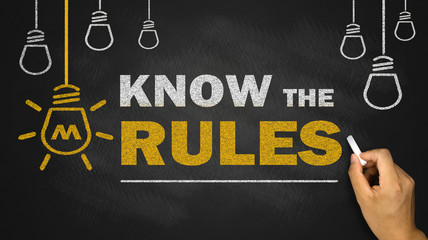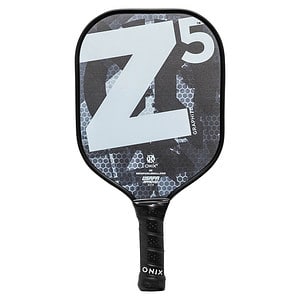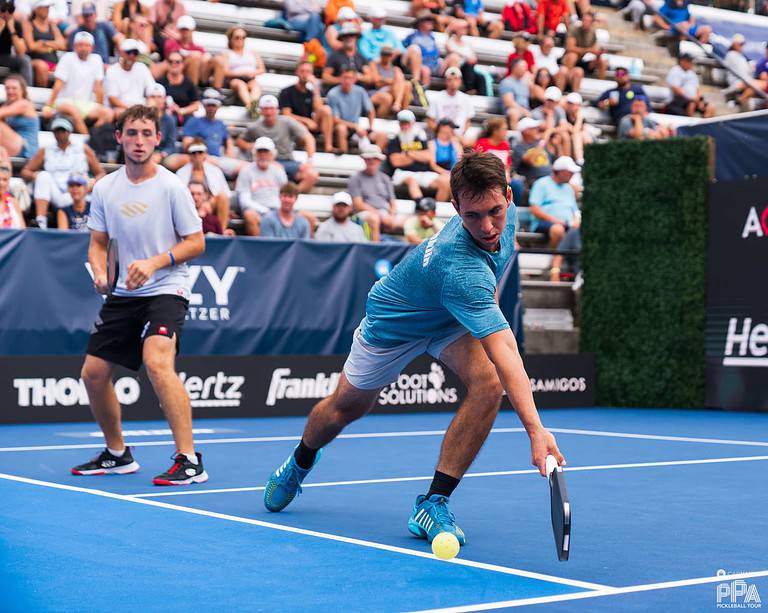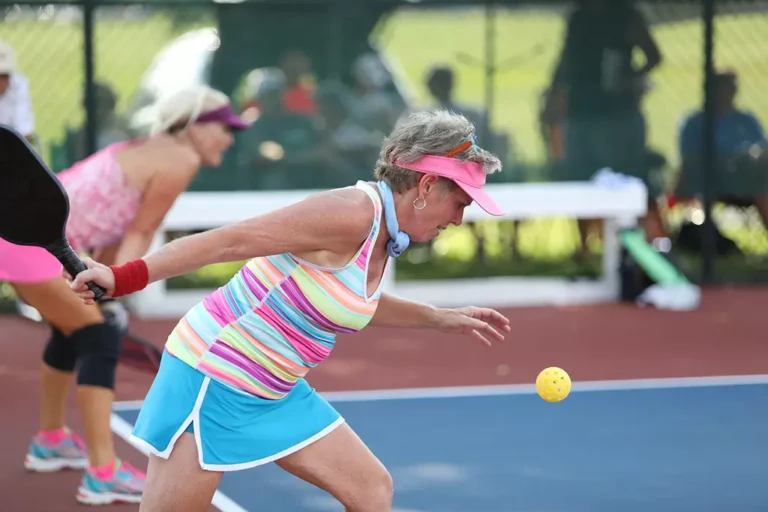5 Simple Pickleball Rules Every Beginner Should Know & More
As a beginner to the sport of pickleball, it can be a little overwhelming to learn all the rules and regulations of the game. However, understanding the basic rules is crucial to enjoying the game and playing it correctly. In this article, I will be discussing the pickleball rules that every beginner should know.
I meet people all the time on the court, where this is their first time. These are the questions that I get repeatedly asked. It is great to see so many people of all ages getting out there and playing! While we will go into these in more detail, a couple of top ones right off the bat.
The first rule that every beginner should know is the underhand serve. Unlike tennis, where players use an overhand serve, in pickleball, players must serve the ball underhand.
The serve must also be made diagonally across the court, and the ball must land in the opponent’s service court. Failing to do so will result in a fault, and the serve will be lost.
Another important rule to understand is the two-bounce rule. After the serve, both teams must let the ball bounce once on their side before hitting it.
Once the ball has bounced, players can either hit it in the air or let it bounce again before hitting it. This rule ensures that both teams have an equal opportunity to return the ball and keeps the game fair for all players.
The USA Pickleball Association is the governing body that sets the official rules for pickleball.
Understanding Pickleball

As a beginner, understanding the basics of pickleball is essential before hitting the court. Pickleball is a fun and exciting paddle sport that combines elements of tennis, badminton, and ping pong. It is played on a court with a net, and players use a paddle to hit a perforated ball over the net.
Pickleball is a popular sport that is easy to learn, making it an excellent activity for people of all ages and skill levels. It is a lower-impact sport, making it a great option for those who want to stay active but don’t want to put too much strain on their joints.
The rules of pickleball are relatively straightforward, and the game can be played with two or four players. The objective of the game is to score points by hitting the ball over the net and into the opponent’s court without them being able to return it.
One of the unique things about pickleball is the non-volley zone, also known as the kitchen. This is the area closest to the net on both sides of the court, and players cannot hit the ball while standing in this zone. This rule helps to keep the game fair and prevents players from dominating the net.
If you are a tennis player, then the kitchen is a big change from tennis. In tennis, you can stand at the net and volley the ball at the net. In pickleball, you can’t.
What Are The 5 Basic Pickleball Rules Everyone Should Know
As a beginner, it’s essential to understand the basic rules of pickleball to get started. Here are the top five rules you should know before you step onto the court:
Rule # 1: You Must Serve Underhand

The serve is the starting point of every pickleball game. The serving player must serve the ball underhand, meaning the paddle must contact the ball below the waist level. The serve must also land in the diagonal service court of the opponent’s side.
Rule # 2: The Serving Team Must Let the Return Bounce (Two-Bounce Rule)

After the serve, the ball must bounce once on the receiving team’s side before they can hit it back. Similarly, the serving team must let the ball bounce once on their side before returning it. After the second bounce, both teams can either volley the ball or play it off a bounce.
Rule # 3: You Cannot Volly While Standing in the Non-Volley Zone
Also known as the kitchen, the non-volley zone is a seven-foot area on both sides of the net. Players cannot hit the ball while standing inside this zone, except when the ball bounces in the kitchen area. However, players can step into the kitchen after hitting the ball and then return to their side.
Rule # 4: Learn What Faults Are and Out of Bounds
A fault occurs when a player violates any of the rules, such as hitting the ball out of bounds or into the net. If the ball lands outside the court’s boundaries, it’s considered out of bounds, and the opponent gets a point.
One of the most common faults that I see is people stepping on the kitchen line when volleying the ball return.
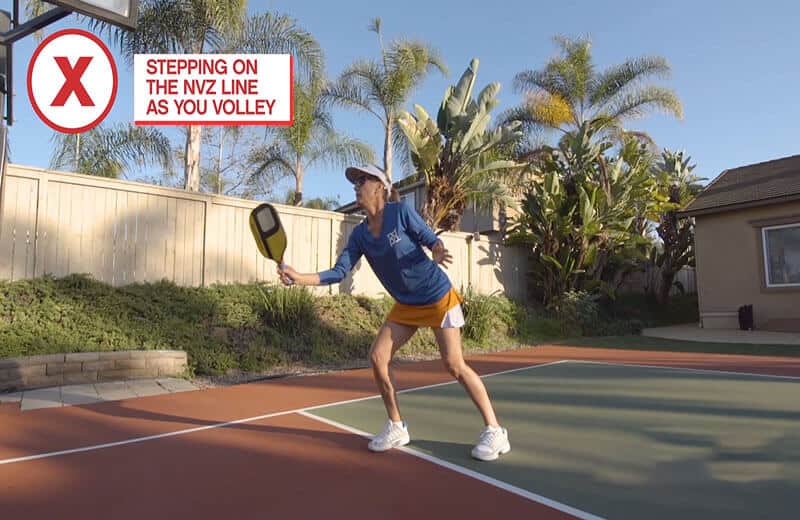
Rule #5: You Only Score When You Are Serving
Pickleball is played to 11 points, and the winning team must win by two points. In doubles play, each team gets one serve, and the serving team can only score points. If the serving team wins the rally, they get a point and continue serving. If the receiving team wins the rally, they get to serve.
By understanding these basic rules, you’ll be able to get started with pickleball and have a fun and competitive game. Remember to always follow the rules and play with good sportsmanship.
What More Do You Need To Know As A Beginner
The Pickleball Court
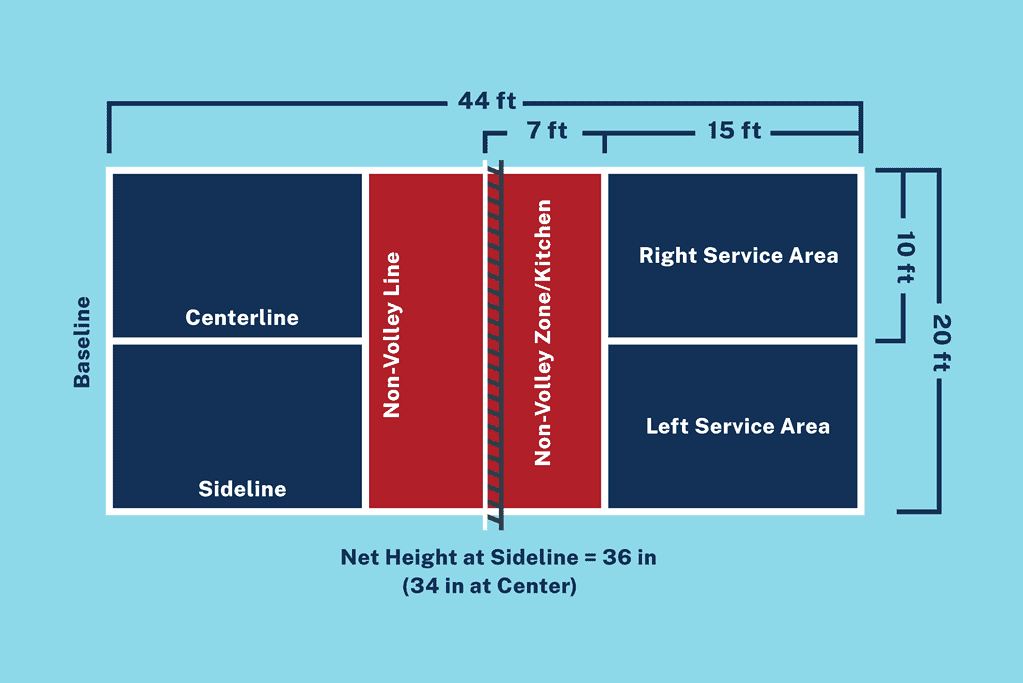
As a beginner, understanding the layout of the pickleball court is crucial. A pickleball court is a rectangular area that measures 20 feet wide by 44 feet long for both singles and doubles play. The court is divided into two equal halves by a centerline, and each half is further divided into two service courts by a service line. The service courts are each 10 feet wide by 22 feet long.
The area closest to the net is called the non-volley zone or the kitchen. It is a 14 feet long and 20 feet wide area on both sides of the net. Players are not allowed to step into the non-volley zone and hit the ball out of the air unless the ball has bounced first. This rule is commonly known as the “no-volley” rule or the “kitchen” rule.
The baseline is the back boundary line of the court, and it is 22 feet from the net. The kitchen line is 7 feet from the net and marks the start of the non-volley zone. The sidelines are the side boundary lines of the court, and they are 20 feet apart.
It is important to note that pickleball can be played both indoors and outdoors. Indoor courts are typically made of hardwood or synthetic materials, while outdoor courts are made of concrete or asphalt. The court surface can affect the speed and bounce of the ball, so it is important to adjust your playing style accordingly.
Starting the Game
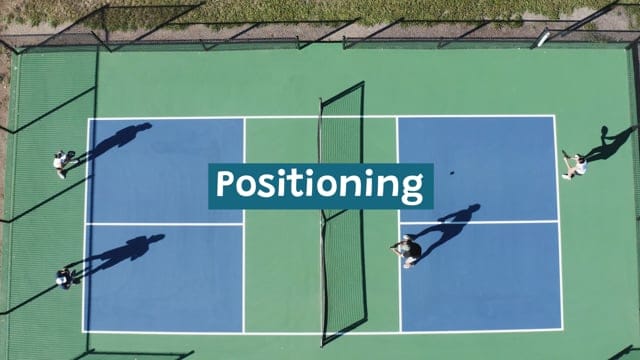
As a beginner, starting a game of pickleball can be daunting. However, understanding the basic rules of serving and rotation can make the process much easier.
To begin the game, the serving team must start on the right-hand side of the court. The first player on the serving team must serve the ball underhand from behind the baseline on the right-hand side of the court. The serve must cross the net and land in the diagonal service court on the opposite side of the court.
The serve must be underhand and hit below the waist. Failure to do so will result in a fault, and the serve will be considered illegal. It is important to note that the serving team must alternate serves between players and sides after each point. This means that if the first player serves from the right-hand side, the second player must serve from the left-hand side, and so on.
Additionally, if the serving team wins a point, the same player must serve again from the opposite side of the court. If the receiving team wins a point, they will become the new serving team, and the first player on their team will serve from the right-hand side of the court.
Understanding the basics of serving and rotation is crucial in starting a game of pickleball. As a beginner, it is important to focus on these fundamental rules to build a strong foundation for your pickleball game.
Scoring in Pickleball
Scoring in pickleball is relatively simple and easy to understand. The game is typically played to 11 points, and the winning team must have a two-point lead to win the game. If the score is tied at 10-10, the game continues until one team has a two-point lead.
Only the serving team can score points in pickleball. If the serving team wins a rally, they score a point and continue to serve. If the receiving team wins a rally, they do not score a point, but they do get the opportunity to serve.
It’s important to note that the serve must be made diagonally across the court, and the server must stand behind the baseline. Additionally, the serve must clear the non-volley zone and land in the opposite service court. If the serve does not meet these criteria, it is considered a fault, and the serve is lost.
Overall, scoring in pickleball is straightforward and easy to understand. As long as you keep track of who is serving and who is receiving and remember that only the serving team can score points, you’ll be able to enjoy the game and have fun with your friends and family.
Faults and Penalties
As with any sport, there are rules in pickleball that must be followed. Violating these rules can result in a fault, leading to penalties and even loss of points. Here are some common faults and penalties to be aware of:
- Foot Fault: A foot fault occurs when the server steps on or over the baseline or the court’s centerline before the serve is made. This results in a side-out, and the opposing team gets to serve.
- Out of Bounds: If the ball lands outside the court’s boundaries, it is considered out of bounds, and the opposing team gets the point.
- Double Bounce: The ball must bounce once on each side before either team can hit it. If a player hits the ball before it bounces twice on their side, it’s a fault, and the opposing team gets the point.
- Kitchen Violation: The kitchen, also known as the non-volley zone, is the area close to the net. Players cannot hit the ball while standing inside the kitchen except under certain circumstances. Violating this rule results in a fault, and the opposing team gets the point.
- Serving Faults: Several faults can occur during a serve, including serving out of turn, serving the ball into the net, or hitting the ball out of bounds. Each of these faults results in a side out, and the opposing team gets to serve.
It’s essential to know these faults and penalties to avoid making mistakes during a game. Additionally, it’s crucial to understand the concept of a side out. A side-out occurs when the serving team commits a fault, and the opposing team earns the right to serve. Understanding the rules of faults and penalties can help you play a fair and enjoyable game of pickleball.
Gameplay and Strategies
Playing pickleball is a fast-paced and exciting experience that requires a combination of skill, control, and strategy. Here are some essential gameplay tips and strategies that every beginner should know before hitting the court:
Serve Placement
One of the most critical aspects of pickleball gameplay is serving. A well–placed serve can give you an immediate advantage over your opponents. Aim to serve the ball deep into the backcourt, as it can be challenging for your opponents to return it effectively. Additionally, try to mix up your serves to keep your opponents guessing and off-balance.
Third Shot Drop
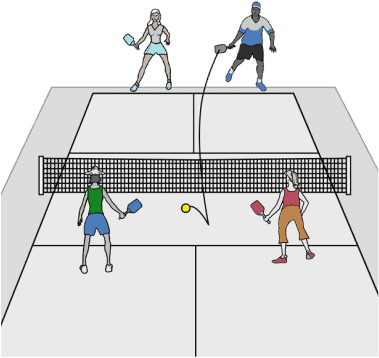
The third shot drop is an effective strategy that can help you gain control of the game. After the serve, your opponents will likely hit the ball back to your side of the court, and you will have the opportunity to hit the third shot.
Instead of hitting the ball hard, try to hit a soft, low shot that lands in the kitchen (the non-volley zone). This will force your opponents to hit an upward shot, giving you the chance to hit a winning shot.
Communication
Communication is key in pickleball. Always communicate with your partner to avoid confusion and ensure you are both on the same page. Use simple hand signals to indicate who will take the shot and where you will hit it. Additionally, be aware of your opponents’ communication and try to use it to your advantage.
It is especially important before you start play to discuss with your partner who will take balls down the center and how you will defend lobs, e.g. who will go back and get them.
Patience
Pickleball is a game of patience. Take a breath. Don’t rush your shots or try to hit a winning shot every time. You have more time than you think. Instead, focus on keeping the ball in play and waiting for your opponents to make a mistake. This will help you gain control of the game and increase your chances of winning.
Defense
Finally, defense is just as important as offense in pickleball. Always be prepared to move quickly and adjust your position to return your opponents’ shots. Additionally, try to anticipate where your opponents will hit the ball and position yourself accordingly.
By following these essential gameplay tips and strategies, you can improve your skills and become a more competitive pickleball player.
Doubles and Singles Play
As the name suggests, pickleball can be played in both singles and doubles formats. In singles play, one player takes on another player, while in doubles play, two players play against another team of two players.
In doubles pickleball, each player serves once before the serve passes to the partner. The receiving team can decide which player will receive the serve, and the server must serve diagonally across the court to the opponent’s service court.
The server’s arm must be moving in an upward arc when the ball is struck, and the head of the paddle must not be above the highest part of the wrist at contact.
Once the serve is made, the receiving team must let the ball bounce once before returning it. After that, both teams can hit the ball before it bounces on their side of the court.
Each player in a doubles game plays from either the right or left side of the court, so it’s the player to the right that serves first. Sides alternate serving in doubles.
In singles play, the same rules apply, but with only one player on each side of the court. The receiving player can choose which side of the court to receive the serve.
Whether you’re playing singles or doubles, it’s essential to communicate effectively with your partner or opponent. By alternating sides, both players can cover more ground and make it harder for the opposing team to hit the ball past them.
Advanced Rules and Regulations
As you become more experienced in playing pickleball, it’s important to understand some of the more advanced rules and regulations. These rules can make a big difference in the outcome of a game and can help you become a better player.
Two-Bounce Rule
One of the most important advanced rules in pickleball is the two-bounce rule. This rule states that after the serve, both teams must let the ball bounce once on their side of the court before they can hit it. After the ball has bounced once on each side, the ball can be hit in the air or on the bounce.
Out of Bounds
Another important rule to keep in mind is the out-of-bounds rule. If the ball lands outside of the court boundaries, it is considered out of bounds, and the point goes to the opposing team. It’s important to know the court boundaries and to keep an eye on the ball to avoid hitting it out of bounds.
Switching Sides
In pickleball, players switch sides of the court after every point. However, in some cases, players may need to switch sides during a point. This can happen if a player hits the ball out of bounds or if the ball hits the net and lands on the wrong side of the court. When this happens, players must switch sides immediately and continue the point.
Understanding these advanced rules and regulations can help you become a better pickleball player and make the game more enjoyable for everyone involved. Keep these rules in mind as you continue to play and practice, and don’t be afraid to ask questions or seek out additional resources to improve your skills.
Pickleball Community
One of the best things about pickleball is the sense of community it fosters. Whether you’re playing with friends, family, or strangers, you’re sure to have a great time and meet new people.
There are great apps that allow you to find partners and places to play. Even if you are solo, you can easily find round robins and others who are looking for someone to play with. This is an article on the best apps and what each one provides in terms of finding places to play and partners.
In the United States, the USA Pickleball Association (USAPA) is the governing body for the sport. They provide resources for players of all levels, from beginners to professionals. They also organize tournaments and events throughout the year so you can connect with other players and compete at various levels.
Pickleball is a great sport for children, too. It’s easy to learn and doesn’t require a lot of equipment, making it accessible to kids of all ages. Many parks and recreation centers have pickleball courts available for public use, so it’s an excellent way for families to get outside and be active together.
It’s important to be a good sport and follow the rules when playing pickleball. This means treating your opponents with respect and playing fair. It’s also important to be aware of safety considerations, such as wearing appropriate footwear and using caution when running or diving for the ball.
Equipment for Pickleball
It is important to have the right equipment to ensure you have a great experience. Here are some essential gear you need to have before you start playing pickleball:
Pickleball Paddle
The pickleball paddle is the main piece of equipment you will need to play the game. It is smaller than a tennis racquet and has a rectangular shape.
There are different types of paddles available in the market, but the most common ones are made of wood, composite, or graphite. Composite and graphite paddles are more popular because they are lightweight and provide better control.
I have added a Paddle Buying Guide at the end of this article.
Pickleballs
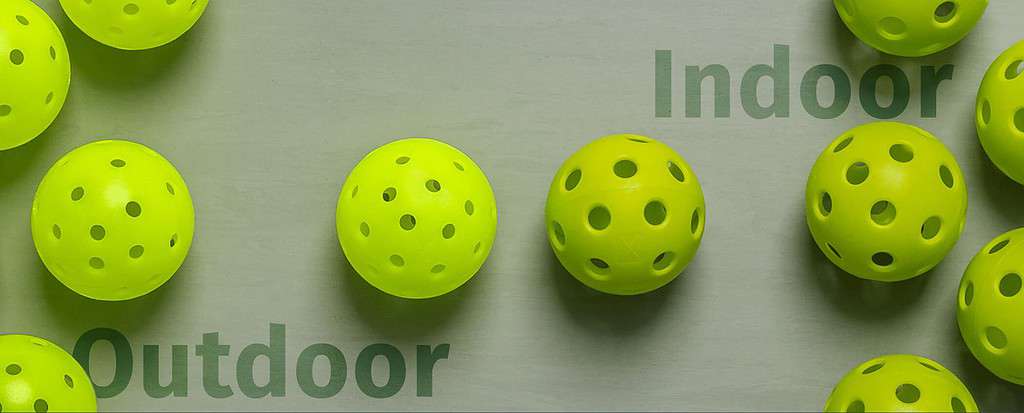
Pickleballs are made of plastic and have holes in them. They are designed to reduce the speed of the ball, making it easier to play the game. It is important to use pickleballs that are approved by the USA Pickleball Association (USAPA) to ensure they meet the standard size, weight, and bounce.
There are differences between indoor and outdoor pickleball, so make sure you get the ones for your type of play.
Clothing
Wearing comfortable clothing is important when playing pickleball. You should wear clothes that allow you to move freely and are breathable. Avoid wearing clothes that are too tight or too loose, as they can hinder your movement.
Footwear

Having the right footwear is crucial when playing pickleball. You should wear shoes that provide good traction and support. Avoid wearing shoes that are designed for other sports, such as running shoes. These shoes do not provide the lateral stability that you need and can lead to ankle injuries.
Having the right equipment is essential when playing pickleball. Make sure to invest in a good quality USAPA-approved paddle and pickleball, wear comfortable clothing, and have the right footwear to ensure you have a great experience playing the game.
Pickleball Paddle Buying Guide
If you are a beginner, regardless of age, this buying guide will help you choose the best paddle for you. There are paddles that are better for women and also for seniors. These paddles tend to be lightweight or the lower end of midweight paddles. We have discussed this in other articles.
Paddle Face Materials
| Material | Characteristics | Common Use |
|---|---|---|
| Graphite | – Very strong and lightweight material – Provides good balance of power & control – Very Durable | High-performance paddles |
| Composite | – Often has a rougher texture – referred to as fiberglass | Favored for spin generation |
| Carbon fiber | – Used for the surface of spin-centric paddles – High friction properties | Spin-centric paddles; lighter than graphite |
Paddle Core Materials
| Material | Characteristics | Common Use |
|---|---|---|
| Polymer | – Softest and quietest material – Excellent power with less noise | Heavier paddles |
| Nomex | – Hard, durable, and powerful material – Created by dipping a honeycomb framework into a resin | Lightweight paddles |
| Aluminum | – Offers a blend of power and control – Usually light but less powerful than Nomex | Lightweight paddles |
Paddle Weight
| Weight Range | Power | Spin | Control | Agility |
|---|---|---|---|---|
| Lightweight (7-7.3 ounces) | Best for agility and control | Good for spin | Good for touch shots | Beginner Intermediate 50+ Women Doubles Play |
| Midweight (7.3-8.3 ounces) | Good balance of power and control | Good for all-around play | Good for volleys | Versatile |
| Heavyweight (8.3-10 ounces) | Best for power | Good for blocking | Less forgiving on mis-hits | Singles Intermediate Advanced |
| Extra Heavy (10-13 ounces) | Maximum power | Not as good for spin or control | Very unforgiving on mis-hits | Advanced |
Frequently Asked Questions
What are the basic rules of scoring in pickleball?
In pickleball, points are scored only by the serving team. If the serving team wins the rally, they score a point, and the same player serves again.
If the receiving team wins the rally, they become the serving team, and the player who served the previous point on the winning team serves again. Games are usually played to 11 points, and the winning team must win by a margin of two points.
What are the kitchen rules in pickleball?
The kitchen is the area on the court closest to the net, and there are several rules that apply to it. Players cannot enter the kitchen unless the ball has bounced in the kitchen or they are hitting a ball that has bounced in the kitchen.
Players are also not allowed to volley (hit the ball in the air without letting it bounce) while standing in the kitchen. If a player violates these rules, the opposing team gets the point.
What are the rules for serving in doubles pickleball?
In doubles pickleball, both players on the serving team get to serve before the serve goes to the other team. The serve must be underhand and hit below the waist. The server must serve diagonally across the court, and the ball must land in the opposite diagonal court. If the server misses the server, it is a fault, and the other team gets the point.
What are the rules for playing singles pickleball?
In singles pickleball, only one player serves, and the serve must be hit diagonally across the court.
The server must serve from the right-hand side of the court when their score is even and from the left-hand side of the court when their score is odd. The receiving player must let the ball bounce before returning it, and the server must also let it bounce before returning it.
What are the rules for using pickleball paddles?
Pickleball paddles must be made of a rigid material, such as wood or composite, and must not exceed 24 inches in length and 8 inches in width. The paddle must also not have any rough or abrasive surfaces or any protrusions that could damage the ball.
What is Rule 7d in pickleball?
Rule 7d in pickleball states that if a player hits the ball and it hits any part of their body or clothing, they lose the point. This rule is known as the “body rule” and is designed to prevent players from using their bodies to get an advantage during the game.
What pickleball paddle does Tyson McGuffin use?
Tyson McGuffin uses a signature Selkirk Vanguard Power Air Invikta pickleball paddle.
What are the best paddles for power and spin?
There are several excellent paddles for power and spin. Read our review of the 11 Best Power and Spin Paddles (2023)

